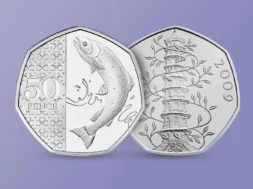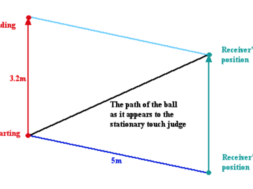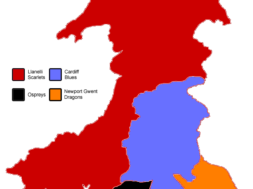
How to Write an SEO-Optimised Article in WordPress (2024 Update)
Writing an SEO-Optimised Article article is essential for ranking higher on search engines and driving organic traffic. With the latest updates in SEO, it’s crucial to follow best practices in keyword research, content creation, on-page optimisation, and leveraging SEO tools. Here’s a step-by-step guide to writing an optimised article in WordPress.
Effective keyword research is the foundation of SEO success. Follow these steps:
- Use advanced keyword research tools such as Google Keyword Planner, SEMrush, Ahrefs, and Ubersuggest to identify relevant keywords.
- Prioritise long-tail keywords that are more specific and have a higher conversion rate.
- Analyse search intent (informational, navigational, transactional) to align content with user needs.
- Focus on low-competition, high-search-volume keywords to maximise ranking potential.
- Consider semantic keywords (LSI keywords) using tools like LSIGraph to enhance relevance.
Great content not only ranks well but also keeps readers engaged. Follow these guidelines:
- Craft a compelling headline (including your primary keyword) that encourages clicks.
- Ensure your content is informative, engaging, and provides real value to the reader.
- Integrate primary and secondary keywords naturally within the article (avoid keyword stuffing).
- Use structured formatting with H1, H2, H3 tags, bullet points, and short paragraphs for readability.
- Incorporate multimedia elements like images, videos, infographics, and charts to enhance engagement.
- Write in a conversational tone, ensuring the article is easy to read and understand.
- Maintain E-E-A-T principles (Experience, Expertise, Authoritativeness, and Trustworthiness) to improve content credibility.
Optimise your content effectively with these techniques:
- Meta Title & Meta Description: Include your primary keyword and make it compelling to improve click-through rates (CTR).
- SEO-Friendly URLs: Use clean, keyword-rich URLs (e.g., example.com/seo-tips-2024).
- Internal Linking: Link to other relevant articles on your site to improve navigation and reduce bounce rates.
- External Linking: Cite authoritative sources to enhance credibility and user experience.
- Image Optimisation: Use descriptive alt text with relevant keywords, compress images for fast loading, and utilise next-gen formats (WebP).
- Schema Markup: Implement structured data (such as FAQ, How-To, and Review Schema) to improve visibility in SERPs.
- Core Web Vitals: Ensure fast load times, mobile responsiveness, and smooth interactivity for better rankings.
Maximise your SEO efforts with these powerful WordPress tools:
- Yoast SEO: Provides real-time content analysis, readability checks, and meta tag optimisation.
- Rank Math SEO: An advanced SEO plugin with schema integration, keyword tracking, and automation.
- All in One SEO Pack: Offers XML sitemap generation, social media integration, and automatic meta tag generation.
- Google Analytics & Google Search Console: Track traffic, user behaviour, indexing issues, and performance insights.
- WP Rocket & Smush: Improve site speed through caching and image optimization.
To maintain strong rankings, continuously optimise your content:
- Regular Content Updates: Refresh old content with new data, updated links, and improved readability.
- Social Media Promotion: Share articles on social platforms for increased visibility and engagement.
- Monitor Performance: Use SEO tools to track rankings, traffic, and user behaviour, then adjust accordingly.
- Improve CTR & Dwell Time: Use engaging meta descriptions, interactive elements, and strong CTAs to retain users.
By implementing these SEO strategies, you can create high-quality, SEO-Optimised article that ranks well and attracts organic traffic to your WordPress site.












